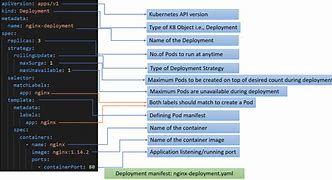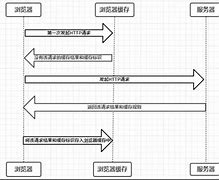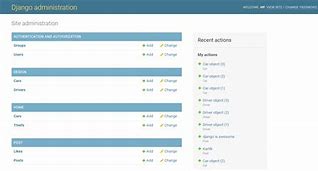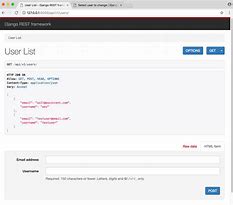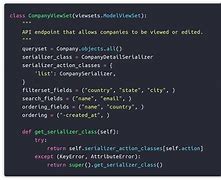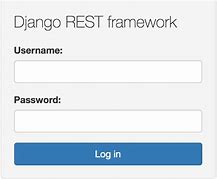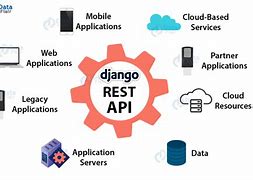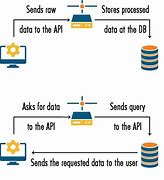Posts about Django
Django processes HTTP requests
May 14, 2021 09:00 0 Comment Django
Overview, Overview, Django is how to handle a request, Example, The path converter, Register a custom path converter, Use regular expressions, What URLconf searched for, Specify the default value for the view parameters, Performance, In the syntax urlpatterns variable, Error handling, Includes other URLconf, Pass additional options to view the function, Reverse resolution of the URL, Name the URL mode, The URL namespace, URL scheduling, Clean, elegant URL solutions are important details in high-quality Web applications., Django allows you to design URLs as needed witho
Use class-based views for form processing
May 14, 2021 09:00 0 Comment Django
Basic form, Basic form, The form of the model, Model and request.user, Example of AJAX, Form class-based opinion processing, Form processing typically has three paths:, Initial GET (blank or pre-filled), POST contains invalid data (usuall
The deployment manifest
May 14, 2021 10:00 0 Comment Django
Run manage.py check --deploy, Run manage.py check --deploy, Key settings, Environment-specific settings, HTTPS, Performance optimization, Error reporting, The deployment manifest, The Internet is a hostile environment., Before you deploy a Django project, you should spend some time checking settings, con
Django's security
May 14, 2021 10:00 0 Comment Django
Cross-site scripting (XSS) protection, Cross-site scripting (XSS) protection, Request forgery (CSRF) protection across sites, SQL injection protection, Click hijack protection, SSL / HTTPS, Host header authentication, Referral policy, Session security, The content uploaded by the user, Other security topics, Cross-site scripting (XSS) protection, XSS attacks enable users to inject client scripts into other users' browsers. T, ypically, this is done by stor
Django's caching framework
May 14, 2021 10:00 0 Comment Django
Set the cache, Set the cache, The cache for each site, Each view is cached, The template fragment cache, Low-level cache API, Downstream cache, Use the Vary title, Control cache: Use a different header file, MIDDLEWARE, Django's caching framework, The basic trade-offs of dynamic websites are dynamic. E, ach time a user requests a page, the Web server performs a variet
Django's performance and optimization
May 14, 2021 10:00 0 Comment Django
Brief introduction, Brief introduction, General method, Cache, Learn about laziness, Database, HTTP performance, Template performance, Use different versions of the available software, Brief introduction, Usually a person's first concern is writing code that produces the expected output as needed., Sometimes, however, this is not eno
How are django model fields used in django admin?
Dec 02, 2021 12:00 0 Comment Django
Django Admin is a powerful tool for managing data used in an app. When the models use Djongo relational fields, NoSQL “embedded models” can be created directly from Django Admin. These fields provide better performance when compared with traditional Django relational fields.Likewise, can a form be c
How is flask-admin inspired by django admin?
Dec 02, 2021 13:00 0 Comment Django
It is inspired by the django-admin package, but implemented in such a way that the developer has total control of the look, feel and functionality of the resulting application. Out-of-the-box, Flask-Admin plays nicely with various ORM’s, includingIn this manner, what happened to flask-admin? The pro
How does validation work in django rest framework?
Dec 02, 2021 13:00 0 Comment Django
This can be achieved by using validator functions and validator classes. Validation in Django REST framework serializers is handled a little differently to how validation works in Django's ModelForm class. With ModelForm the validation is performed partially on the form, and partially on the model i
How to add social login to django rest framework?
Dec 02, 2021 13:00 0 Comment Django
Integrating a social login implementation to your backend requires only 3 steps; 1. Select the desired social network provider. i.e facebook, google, twitter, github. 2. Send a log in request to the social network provider. 3. Register and login the user. 4.Accordingly, is there a social login app f
How to create a serializer in django rest framework?
Dec 02, 2021 13:00 0 Comment Django
This article revolves around ModelSerializer in serializers of Django REST Framework. The ModelSerializer class provides a shortcut that lets you automatically create a Serializer class with fields that correspond to the Model fields. It will automatically generate a set of fields for you, based on
How to login to facebook using django rest framework?
Dec 02, 2021 13:00 0 Comment Django
1. Select the desired social network provider. i.e facebook, google, twitter, github. 2. Send a log in request to the social network provider. 3. Register and login the user. 4. You can decide to get an authentication token from login so as to use it to access protected endpoints. Before getting sta
Is the django rest framework an extension to django?
Dec 02, 2021 13:00 0 Comment Django
The Django REST Framework is a great extension to Django for creating simple, standard, and seamless REST APIs for a site. It also provides a browsable API so that humans can easily see and use the endpoints. It’s fairly easy to change the browsable API’s favicon using a similar template override.Ac
What do you need to know about django rest framework?
Dec 02, 2021 13:00 0 Comment Django
It includes several packages (also known as applications) to handle typical web-development tasks, such as authentication, content administration, scaffolding, templates, caching, and syndication. Let’s use the Django REST Framework ( DRF) built with Python, and use it for REST API development and d
What's the difference between django and rest framework?
Dec 02, 2021 13:00 0 Comment Django
Django provides a few classes that help you manage paginated data – that is, data that’s split across several pages, with “Previous/Next” links. REST framework includes support for customizable pagination styles. This allows you to modify how large result sets are split into individual pages of data


